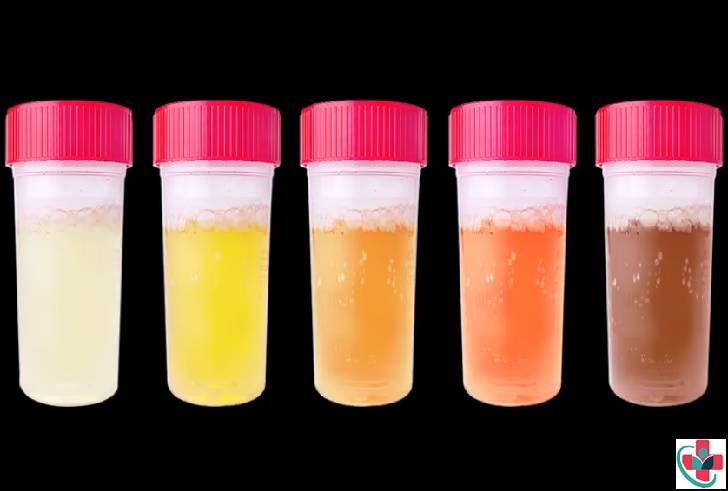Let us face it, most of us don't give much thought to our pee before we flush it out of sight.
The color of urine can tell you a lot about your body.
The color and odor of urine reflect your health condition and any kind of problem in it. It may have a variety of colors, it usually ranges from deep amber or honey color to light straw color with golden variations in between.
A bunch of things in your body, like medications, foods, and illnesses, can affect how your urine turns out.
More than 80% of the diseases occur due to dehydration and lack of water content in the body.
If everything is normal and healthy, the color should be a pale yellow to gold.
Here is a list of the urine colors and what they mean:
You have been drinking a lot of water and might need to cut down on it.
Transparent or no color.
Pale yellow.You are normal, healthy and well-hydrated.
Transparent Yellow.You are normal.
Dark Yellow
You are normal but might need to drink some water soon.
Brownish yellow
Sign of dehydration or a possible sign of liver disease.
Pinkish red
If you haven't eaten foods like carrots, blackberries or beetroots then this could be a possible sign of Kidney disease or, Urinary Tract Infections (UTI) or a tumor.
Blue or GreenThese are probably due to dyes in your food or meds you’ve taken. A possible sign of rare genetic disease if the color doesn’t go away after a short time.
Foamy
No matter what color it is, you should check in with your doctor if it consistently looks foamy and frothy. It may be a sign you have protein in your urine, which may mean you have kidney disease.
When to bring in the professionals for urine color
Sometimes changes to a person’s urine are temporary and harmless, such as the result of eating certain foods, taking medications, or vitamins. But changes can also be a sign of a more serious underlying medical condition.Anytime you see blood in your urine or notice it is brown or orange, it is time to seek medical attention and make an appointment with your primary care provider. This is especially true if the change lasts more than a day, or if it comes with back or side pain, fever, burning with urinating, vomiting, discharge or thirst.
Blood in the urine is a common sign of a urinary tract infection, kidney stones or urinary tract cancer. Brown or orange urine may be caused by a malfunctioning liver especially if it is partnered with pale stools and yellow eyes and skin.

